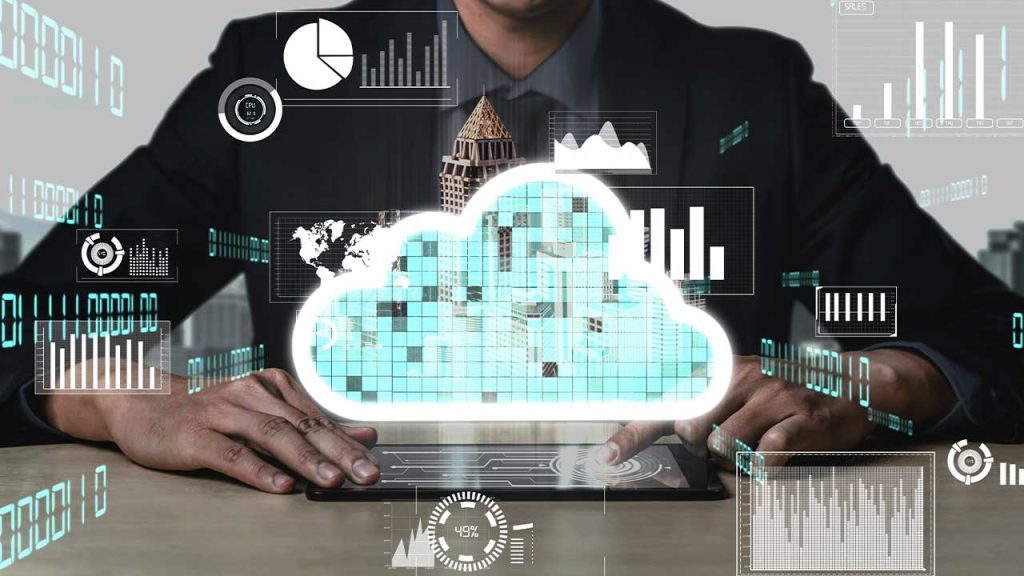How can enterprises overcome common roadblocks to adoption of IIoT platforms?
To find value in the massive amounts of data gathered from IIoT platforms, you need the power of advanced algorithms and AI. Which AI technologies or applications have you found to be the most transformative in industry 4.0?
Large data platforms like Cloudera provide specific development environments and tools like Data Science Workbench that help build the analytical models and advanced algorithms that can deliver instant results on the edge devices for effective IoT installs. On these platforms, analytics professionals can use languages like R, Python, or Scala with on-demand compute and secure access to Apache Spark and Apache Impala, thereby making them scalable and flexible.
How is real-time data input and analysis affecting the way the industrial world functions?
Real-time data analysis and edge devices capable of acting on the data inputs, as well as their ability to run complex analytical models has significant impact on productivity, plant maintenance, machine performance and waste reduction. Multiple use cases across different industries have used such models to significantly reduce off spec production and thus waste. An effective industrial IoT model typically will pay for itself within a year based on enhanced productivity. Once the basic data flows and IoT architecture are established, large enterprises can roll out multiple use cases to enhance productivity across the industrial world. From packaging, machining, industrial production lines etc., IoT solutions have helped increase productivity significantly.
What factors do you see contributing to the widespread adoption of IIoT platforms in the industries you do business in?
The most critical factor is the ease of implementation of IoT solutions without disruption of the production line. Reliability of the solution both from an infrastructure and technology perspective is a key factor driving the scaling and adoption of industrial IoT solutions. Strong and SLA driven support models for these IoT solutions are also a key component to their adoption. Availability of the right partners, skills and talent to implement and manage the solution are key factor that will impact the rate of adoption of IoT solutions.
How can companies leverage IIoT platforms to build new digital business models and facilitate digital transformation?
IoT platforms are providing large industrial enterprises the ability to take real-time manufacturing decisions that have significant impact on the overall production cycles. With this ability, the next phase in the digital evolution of manufacturing enterprises is to get to custom manufacturing with high efficiency. This in itself is a paradigm shift for the manufacturing enterprise of today. The ability to respond instantly to changing customer needs and make the manufacturing process adapt in real time will lead to an emergence of on demand manufacturing businesses with global footprints.
How can enterprises overcome common roadblocks to adoption of IIoT platforms (cybersecurity concerns, incomplete data collection, etc.)
The critical piece is to have a robust IoT architecture with security features built in. There are multiple security tools and products available that address specific concerns around security, whether it’s with data flows, data on the cloud, perimeter security or overall infrastructure security. Multiple effective solutions are available addressing these concerns and they have to be part of the initial IoT architecture. Defining the use cases with details of data needs and ensuring that the IoT architecture addresses the right data needs that feed into the analytical models is key to successful deployments.
Are there any interesting IIoT-related projects or case studies you’ve recently been involved in?
We have done two large industrial scale IoT use cases in the recent past. One was to create a unified patient view for a healthcare provider based on data inputs from multiple wearable and health devices that the patient uses. The analytical models built on top of the data flows from multiple health monitoring devices like health trackers, blood sugar monitors, heart rate monitors etc, would help create alerts for the healthcare providers and care providers for these patients. Multiple platforms with different data architectures were combined to create this unified view for the healthcare provider with direct real world applications.
More about Digital Health’s Cybersecurity
The other case study was with one of the world’s leading manufacturers of sensors and control equipment, with operations in 12 countries. They were in need of a digital makeover. Device data was available from sensors on their factory floor. But being able to manage the devices generating that data, integrating the flow of data into existing backend systems, doing advanced analytics on that data, and then delivering services that could generate real-time decision making at the edge was a vision they wanted to implement. The overall architecture was able to drive digital transformation using IoT and machine learning within a hybrid cloud environment:
- We built an open data processing pipeline for IoT data using an end-to-end architecture from Cloudera, Eurotech, and Red Hat.
- Able to drive edge analytics and machine learning inferencing at the IoT edge that allow predictions to be made and decisions to be executed in real time.
- The flexible and hybrid cloud environment designed to provide the key foundational elements that organizations need to quickly and securely roll out IoT use cases.
Q&A with Vikram Bhalchandra, Head of Sales & Marketing at Clairvoyant.


